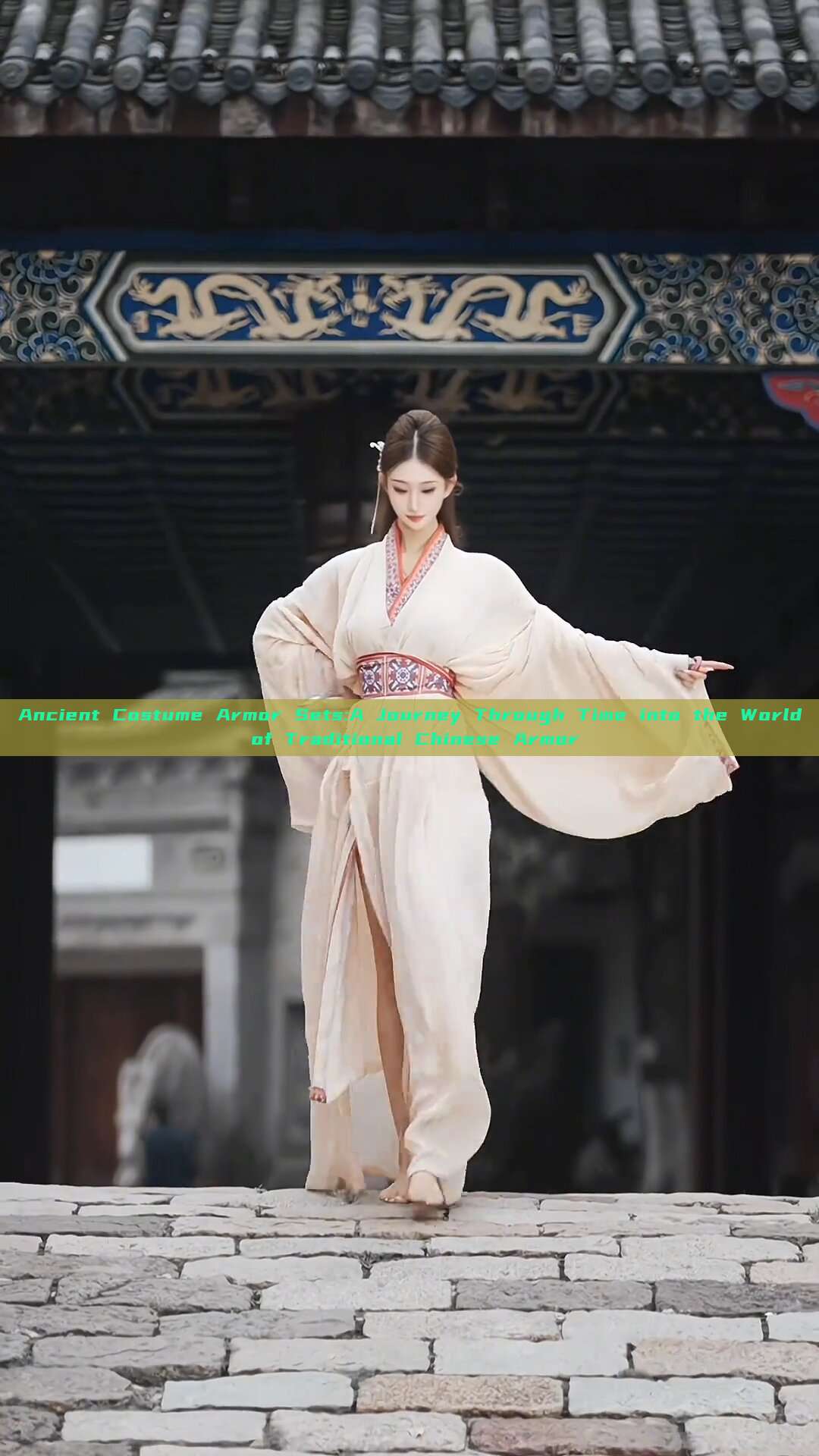In the annals of Chinese history, the art of costume Armor has played a pivotal role in the lives of warriors and their battles against formidable enemies. As a testament to the enduring legacy of these protective costumes, the ancient armor sets of China are not just pieces of equipment but also symbols of power, honor, and cultural continuity.
The earliest recorded instances of armor in China can be traced back to the Shang Dynasty (approximately 16th to 11th century BCE). At this time, simple leather and bronze armor were used by soldiers to protect against sword attacks and other forms of combat. These early armor sets were designed to offer maximum protection to vital areas such as the head, chest, and limbs. As technology progressed, so did the complexity and effectiveness of these armor sets.
During the Qin and Han dynasties (221 BCE – 220 CE), the use of iron became prevalent in armor-making, leading to the development of more robust and resilient armor sets. These costumes were not only designed to protect the wearer but also to evoke a sense of awe and respect among allies and enemies. The intricate patterns and designs on these armor sets were often influenced by cultural and religious beliefs, reflecting the belief in divine protection and the power of ancestors.
The Sui and Tang dynasties (581-907 CE) marked a period of innovation in armor design. The use of new materials such as steel and improved manufacturing techniques resulted in lightweight yet resilient armor sets that could withstand intense combat. These armor sets were also adorned with intricate carvings and embellishments, further enhancing their aesthetic value.
The Song Dynasty (960-1279 CE) witnessed a significant evolution in the use of armor in warfare. The introduction of gunpowder weapons gave rise to a new breed of armor that was designed to withstand the impact of projectiles. As a result, the armor sets of this period were thicker and more heavily plated, providing greater protection to the wearer. However, this increase in weight did not hinder the mobility of the soldiers as they were still able to perform effectively in combat.
The Ming Dynasty (1368-1644 CE) was a golden age for armor-making in China. The development of advanced manufacturing techniques such as folding and welding allowed for the creation of intricate and highly protective armor sets. These costumes were not only used for warfare but also served as symbols of status and authority within society. The intricate designs and patterns on these armor sets reflected the cultural and artistic influences of the time, further enhancing their aesthetic value.
The Qing Dynasty (1644-1912 CE) saw a decline in the use of traditional armor as firearms became more prevalent in warfare. However, the legacy of these ancient armor sets persisted in the form of ceremonial costumes and historical displays. These costumes continue to serve as symbols of China’s rich cultural heritage and historical legacy.
In conclusion, the ancient armor sets of China are not just pieces of equipment but also testaments to the cultural, historical, and technological evolution of China. These costumes reflect the belief in divine protection, honor, status, and cultural continuity. As we look back at these ancient artifacts, we are reminded of the enduring legacy of China’s warrior culture and its significant contribution to world history.(共约 1330 个单词)





